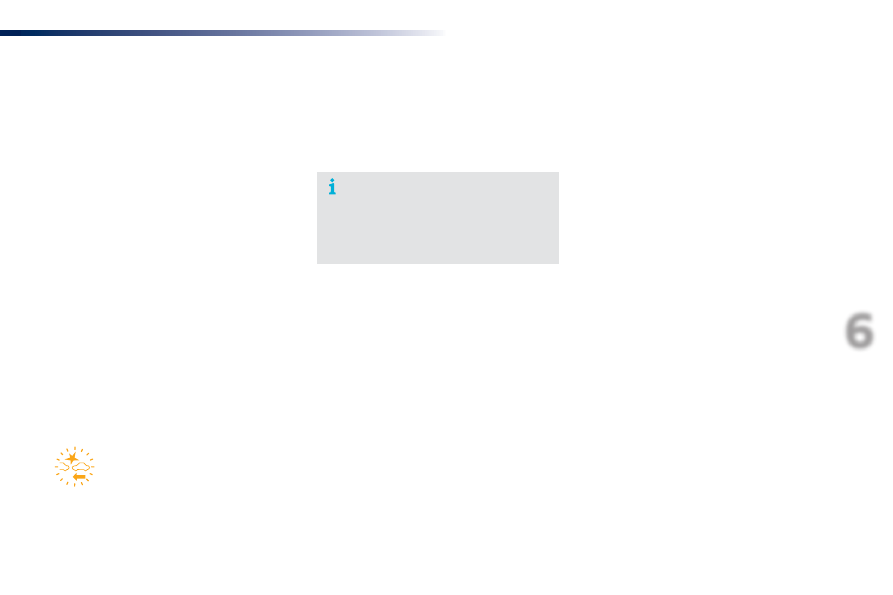Peugeot 108 (2016 year). Instruction - part 8

111
6
Safety
108_en_Chap06_securite_ed01-2016
operation
three levels of operation are possible:
● Pre-collision alert: if a risk of collision
with a vehicle is detected, a warning lamp
comes on in the instrument panel together
with an audible signal to encourage the
driver to make an avoiding manoeuvre. the
thresholds for triggering the alert can be
set.
● Braking assistance: increases the
braking started by the driver, only if a risk
of collision is detected.
● Automatic pre-collision braking: when
your vehicle is too close to or closing
too quickly on the vehicle ahead of you,
the system automatically operates the
brakes to reduce the speed of impact. A
collision can be avoided automatically if the
difference in speed between your vehicle
and the one ahead is not more than 18 mph
(30 km/h).
You are then alerted by the display of
this warning lamp, accompanied by
an audible signal.
the automatic braking may bring the vehicle to
a complete stop if the situation requires it.
the brake lamps on your vehicle come on to
warn other road users.
the triggering of the system may cause
the engine to stall, unless the driver
depresses the clutch pedal quickly
enough during automatic braking.